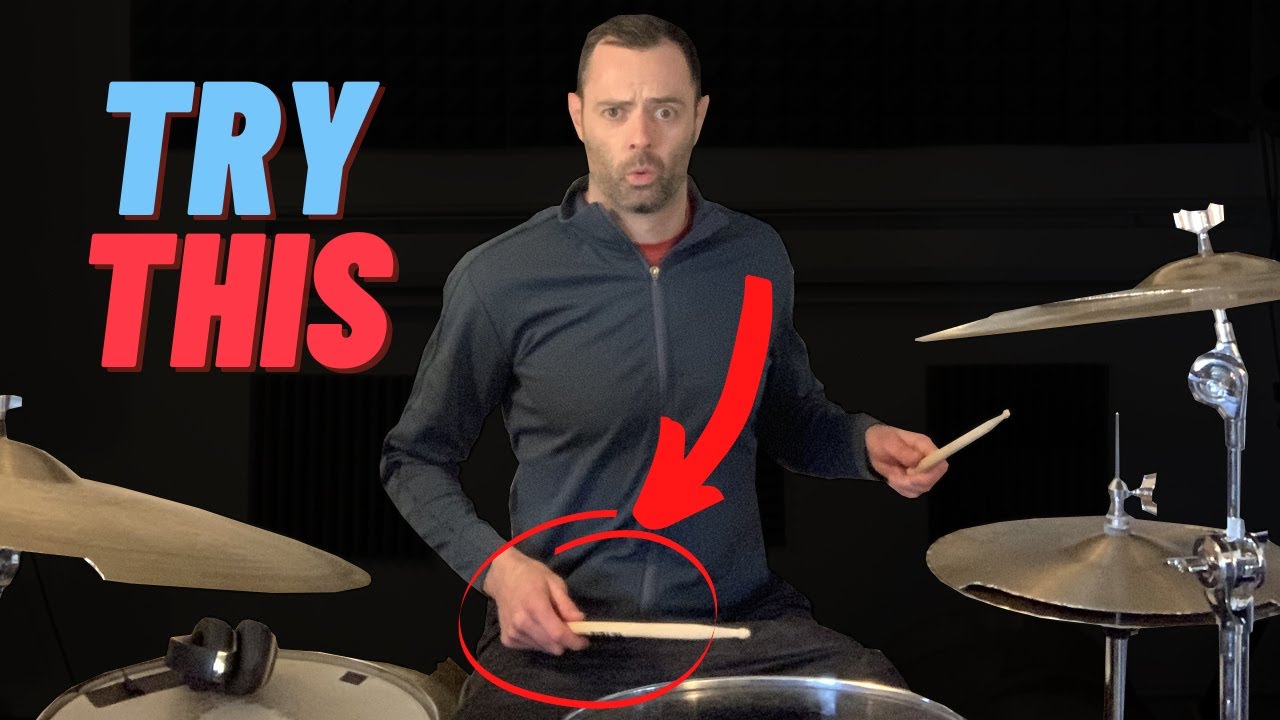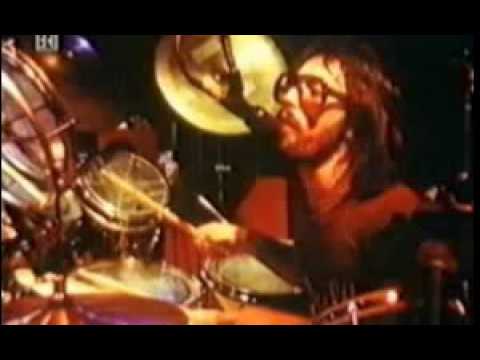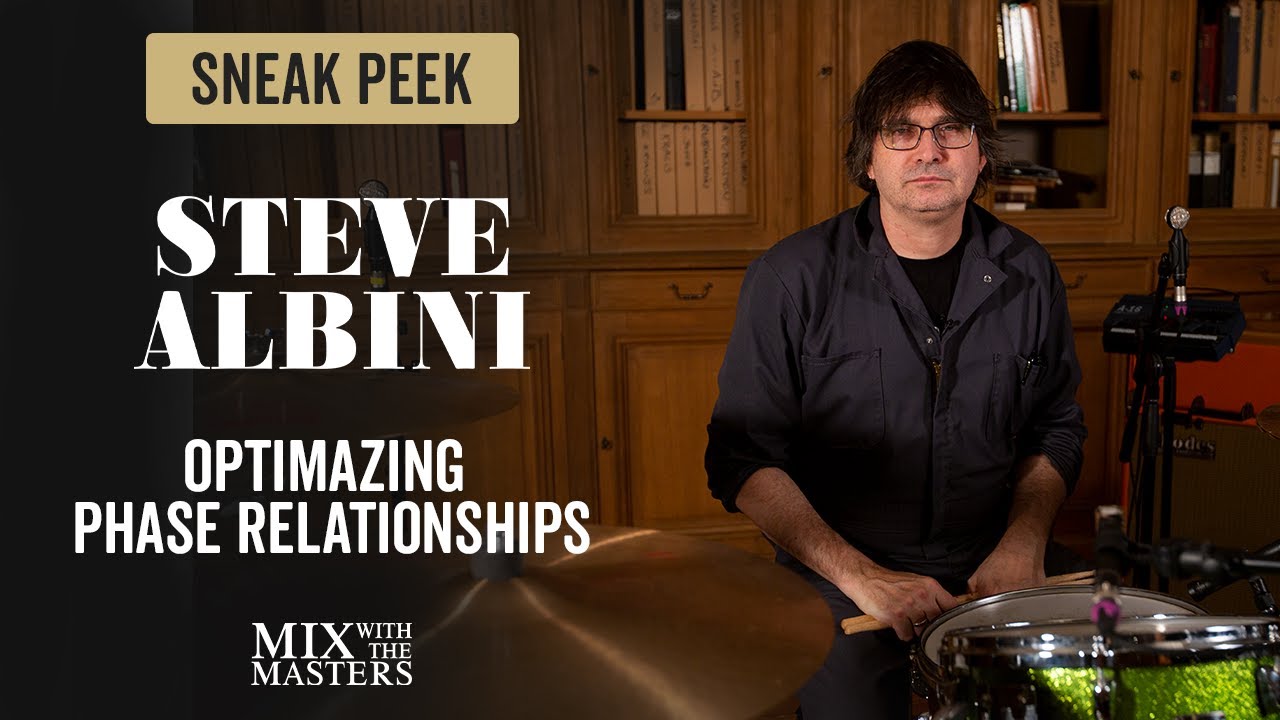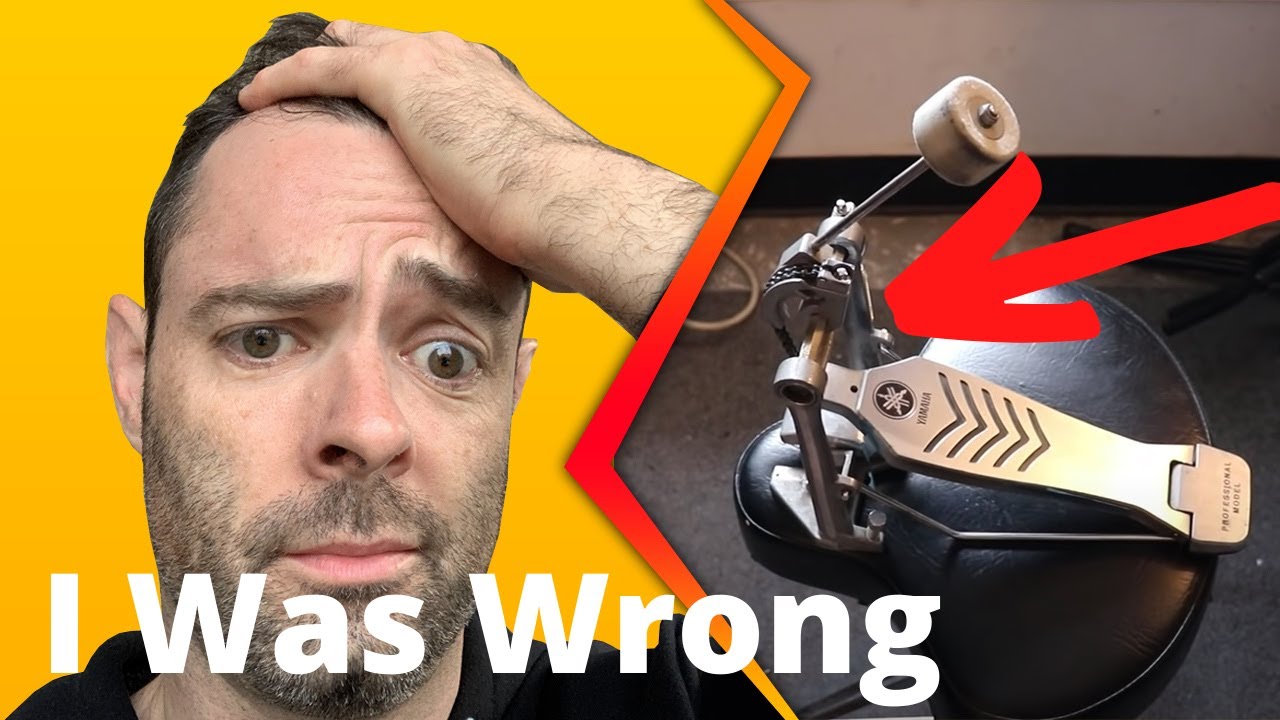Bill has always been my favorite drummer. I’ve watched this several times before, but was happy to watch it again. Thanks for posting.
@Fender_Bender I find this guy really helpful, way way way out of my skill level and language but the bits I do follow really help and always give me a fresh way to think of beats.
Very interesting, and can’t believe how deep all this stuff goes. I really enjoy it, but in the end, if something sounds good to people then it’s good. I honestly don’t thing anyone (the general consumers of music) care about this when listening to music, unless they’re massively into all this stuff and can actually hear all of this? Thank for that share ![]()
Albini has done a whole mix with the masters thing, its looooooong and goes thru setting the studio and recording a session, its ridiculously insightful.
It also goes on at length about tape and its resurgence, particularly in the software world where its made to sound like TAPE! whereas as Albini points out, the whole idea was the get to cleanest/most accurate version of the band recording possible. All the effects tape simulators are offering everything a tape operator would want to avoid ![]()
QED: If youre gonna use and tape and it sounds bad, its because youre using it wrong ![]() I’m gonna find all this out the hard way at some point with my TEAC 3440 but I’ll be using that in ways that totally dont want a clean recording.
I’m gonna find all this out the hard way at some point with my TEAC 3440 but I’ll be using that in ways that totally dont want a clean recording.
Tape loops that are 9 generations old and pass thru a candle flame as the tape circles the room and back into the four track ![]()
I’d love to have a full on tape machine and do things that way, but living in a flat, BFD is my best friend ever when it comes to drums, maybe one day I’ll have a killer analog studio ![]()
Same here! Small flat. All my hardware is tiny pocket size stuff. I dont really dig the Korg Volca range but most of my stuff is of a similar size so I can mix and match, and use it anywhere (not that I go anywhere).
EDIT: But this is also another reason why the 4 track is still in its box in a cupboard ![]() Its the largest thing I own and a source of much buyers remorse for that very reason
Its the largest thing I own and a source of much buyers remorse for that very reason ![]()
Apart from using a gate to cut the sustain of the kick, how would one ‘bury the beater’ in bfd? (I assume that means leave the beater on the skin, and that it dampens the sound?).
Would it be as simple as using the damper? I guess I’ll go and try… ![]()
Ehhhh… it’s not something you can really control. Engineers/producers would need to provide non-buried and buried recordings.
For reference, whenever I play drums for a pack, my low velocities are not buried, but my high velocities are. That’s how I play drums.
Hey Drew, can you elaborate on the buried and not buried stuff please? What does it mean?
Thanks. Hmm. Thats interesting because I program at low velocities for a softer approach but I also want a dead stop to the kick sound quite often so nearly always gate it ![]()
EDIT: I want the boomy sound option to tho, so a gate it shall remain.
Buried is when you slam the beater into the drum head, and don’t let it rebound. It has a slight extra dampening effect on the sound of the kick, which is something I like for rock and metal playing. But if I was doing something softer, typically I’d let the beater rebound off the kick (non-buried) which allows the drum to fully resonate without the extra dampening that the beater causes when it rests against the head.
It’s all pretty subjective, and is very subtle anyway. It makes less of a difference if the drum is already dampening with pillows or blankets or whatever else people typically use.
Makes me think, when we do our next pack, we should do a “studio tips n tricks” type video to explore some of this stuff.
More or less, burying the beater dampens the batter skin on the kick drum, causing less of a tonal resonance and more emphasis on the SMACK of the transient.
No idea how knowledgable this guy is but Im about to read it ![]()
Gate is one option. Turning up the dampening knob is a similar deal, but is a per-voice parameter, so it is a bit more accurate than a gate in the mixer.
Dampening shortens the amount of time a sample is allowed to play for - it basically fades out the sample quicker, the more it is turned up. Amb ratio makes the engine affect the ambient channels slower so you still get some room decay, whilst tightening up the direct microphones.
It would be great if this was just a button or a menu, to turn on a setting that works best for that type of drum, coz I don’t think most users know what amb ratio means, even though the manual explains it!
Says it better than I ever could.
This is often my approach in dancier stuff, more complicated stuff, the noise stuff, where I dont want to sidechain but i do want the kick out of the way ASAP, and doing that with a gate.
I’ve read the manual and done a 3 million hour course in BFD, and I still didnt understand it properly until just now ![]() In fact, no I’ll have to play with, its just words making my brain bleed
In fact, no I’ll have to play with, its just words making my brain bleed ![]() I has the confuse. I kinda get it, just need to hear it and play with the controls
I has the confuse. I kinda get it, just need to hear it and play with the controls
I’ve had best results with my kicks between 80-110 velocity for most of the hits. I adjust it according to what kick I’m using to get the most low end and bloom out of the kick. Then also adjusting the pitch to further dial in that low end I’m looking for. Works for me, as I prefer a more rounded kick sound, as opposed to a hard/dampened kick sound, though that has it’s place too.
This is one of my red flags issues to watch for whenever I’ve sessioned with a real drummer. If they arent paying attention to the pitch of the track and the kit together, or worse, dismissing the very notion - Im outta there ![]()





